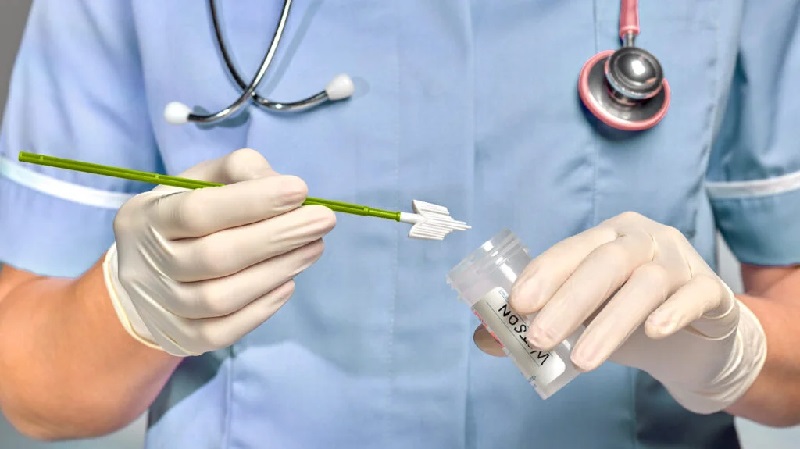What is HPV ? How does it affect women? How they can test for it

Human papillomavirus (HPV) is a common sexually transmitted infection caused by the human papillomavirus. There are over 100 different types of HPV, and some strains of the virus can lead to various health problems, including genital warts and cancer. HPV is particularly concerning for women, as some strains of the virus can cause cervical cancer. In this article, we will explore HPV, how it affects women, and how women can test for it using the Lifecell HPV Kit.
What is HPV?
HPV is a sexually transmitted infection caused by the human papillomavirus. HPV is transmitted through skin-to-skin contact during sexual activity. The virus can infect the genital areas, including the vulva, vagina, cervix, anus, penis, and scrotum. HPV is a prevalent infection, and most people who are sexually active will contract the virus at some point in their lives.
How does HPV affect women?
HPV can cause several health problems in women, including:
Genital Warts
Some strains of HPV can cause genital warts, which are small, fleshy bumps that appear in the genital area. Genital warts can be uncomfortable and embarrassing, but they are not typically life-threatening.
Cervical Cancer
HPV is a leading cause of cervical cancer. Persistent infection with high-risk strains of HPV can cause abnormal cell changes in the cervix, which can lead to cervical cancer over time. Cervical cancer is a serious health condition that can be life-threatening if not detected and treated early.
Other Cancers
In addition to cervical cancer, HPV can also cause other types of cancers, including vaginal cancer, vulvar cancer, anal cancer, penile cancer, and oropharyngeal cancer.
How can women test for HPV using Lifecell HPV Kit?
The Lifecell HPV Kit is a specialized at-home HPV testing kit that allows women to perform an HPV test in the comfort of their own homes. Here is a step-by-step guide on how to test for HPV using the Lifecell HPV Kit:
Step 1: Collect the sample
The first step is to collect a sample from the cervix using the swab provided in the kit. It is essential to follow the instructions carefully to ensure the accuracy of the results.
Step 2: Prepare the sample
Once the sample is collected, it should be placed in the provided transport medium to ensure that the sample remains viable during transport. The transport medium helps preserve the sample and keep it viable for up to 14 days.
Step 3: Send the sample
Once the sample is prepared, it should be sent to the Lifecell laboratory for analysis. The Lifecell laboratory will analyze the sample for the presence of high-risk strains of HPV that can cause cervical cancer.
Step 4: Get the results
After the sample is analyzed, the Lifecell laboratory will send the results to the patient’s healthcare provider. The healthcare provider will then discuss the results with the patient and provide appropriate recommendations for follow-up care.
Conclusion
HPV is a common sexually transmitted infection that can cause several health problems, including genital warts and cancer. Women are particularly at risk for HPV-related health problems, including cervical cancer. The Lifecell HPV Kit is a specialized at-home HPV testing kit that allows women to test for HPV in the comfort of their own homes. Regular HPV testing can help identify high-risk strains of the virus and guide appropriate follow-up care to prevent HPV-related health problems. Women who are sexually active should speak with their healthcare provider about regular HPV testing and other ways to protect their sexual health.





